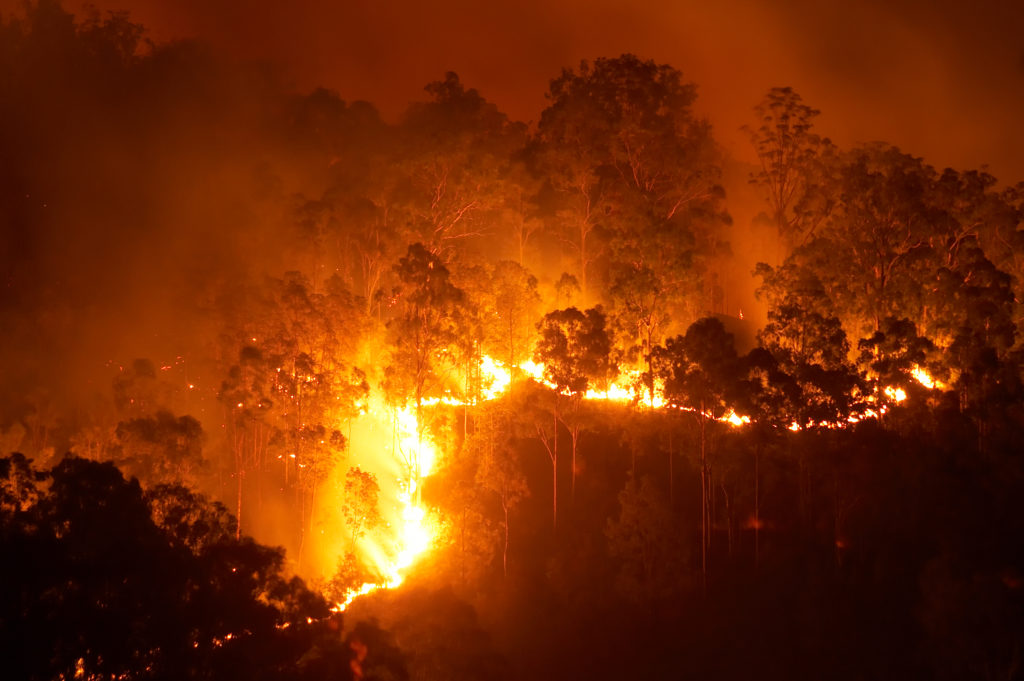Past Conformity: Enhancing Home Safety with a Thorough BAL Report Evaluation
Past Conformity: Enhancing Home Safety with a Thorough BAL Report Evaluation
Blog Article
Ensuring Bush Fire Defense Through Proper BAL Record Evaluation
In the world of bush fire defense, the meticulous analysis of Bushfire Strike Level (BAL) records stands as a keystone for protecting homes against the devastating influence of wildfires. With environmental factors and home features playing substantial roles in determining the level of danger, an extensive understanding of BAL scores comes to be important. The actual significance exists not simply in understanding these records but in decoding them properly to create tailored fire defense methods. By delving into the value of BAL record evaluation, we reveal a realm where educated decisions pave the path towards strengthening residential or commercial property security and durability in fire-prone areas.
Understanding Bushfire Attack Level (BAL)
In the realm of bushfire security, understanding the Bushfire Strike Level (BAL) is vital for making sure reliable mitigation methods. Understanding the BAL rating of a building is crucial for property policymakers, home builders, and owners to apply proper steps to safeguard against bushfire dangers.

Relevance of BAL Report Evaluation
A crucial aspect in bushfire protection planning entails the detailed evaluation of BAL records to analyze the prospective risks and identify proper reduction strategies. BAL reports offer important information regarding the prospective influence of bushfires on a building based upon different elements such as greenery kind, range to possible fire dangers, and slope of the land. Analyzing these reports with precision is extremely important in creating effective bushfire protection procedures customized to the particular risk account of a building.
Executing Fire Protection Actions
Implementing effective fire protection measures is vital for securing buildings in bushfire-prone areas. One of the key means to enhance fire protection is by creating defensible space around buildings. This includes clearing combustible vegetation, such as dry fallen leaves and branches, within a certain radius of the residential or commercial property. Additionally, mounting fire-resistant roof products can help in reducing the danger of embers stiring up the roofing throughout a bushfire. Correctly preserved gutters and screens are likewise necessary to avoid particles buildup that could fuel a fire.
Moreover, having a properly maintained and appropriate water supply, such as a container or pool, can assist firefighters in their efforts to safeguard the building. It is essential to have a clear evacuation strategy in position and to make sure that all citizens recognize with the procedures. In addition, having firefighting devices easily offered, such as hoses and fire extinguishers, can help in tackling small place fires before they intensify. In general, implementing a combination of these fire protection actions can considerably boost the chances of protecting properties throughout bushfire events.
Mitigating Risks in Fire-Prone Areas
To strengthen properties versus bushfire threats, a tactical emphasis on mitigating dangers in fire-prone locations is crucial. One crucial aspect of risk mitigation is preserving click over here defensible area around homes by removing flammable plant life, guaranteeing ample spacing between trees and frameworks, and using fire-resistant landscaping practices.
Furthermore, constructing or retrofitting structures with fireproof products and making sure proper maintenance of roofings, seamless gutters, and external cladding can dramatically boost the building's durability to bushfires. Creating and practicing a bushfire emergency situation strategy with all passengers, consisting of evacuation procedures and interaction techniques, is additionally crucial in mitigating dangers efficiently. By taking on a proactive strategy to risk reduction in fire-prone areas, home owners can much better safeguard their assets and enhance general bushfire readiness.
Ensuring Residential Property Safety And Security and Strength
Ensuring the safety and security and resilience of buildings in fire-prone locations needs an unwavering dedication to robust safety nets and calculated planning. Residential property security begins with applying efficient steps to decrease fire dangers. This includes keeping a defensible area around the residential or commercial property by getting rid of combustible vegetation, ensuring appropriate upkeep of roofings and gutters, and utilizing fireproof building materials. Normal upkeep of firefighting devices, such as pipes and lawn sprinkler, is also important to residential or commercial property durability.
Strength, on the other hand, entails the capability of a residential or commercial property to recuperate and withstand from a bushfire. By proactively addressing these aspects, residential or look what i found commercial property owners can much better protect their assets and enjoyed ones from click reference the threat of bushfires.
Verdict
In conclusion, guaranteeing bushfire security via appropriate BAL record evaluation is essential for recognizing the level of danger presented by bushfires and applying needed fire defense procedures. By mitigating threats in fire-prone locations and ensuring home safety and security and resilience, neighborhoods and people can better get ready for and react to bushfire events. It is vital to prioritize fire precaution to secure lives and home in these high-risk environments.
In the world of bush fire protection, the meticulous analysis of Bushfire Strike Level (BAL) records stands as a foundation for securing homes versus the destructive effect of wildfires (BAL Report). Comprehending the BAL ranking of a residential property is critical for residential property contractors, owners, and policymakers to implement ideal steps to guard against bushfire hazards

BAL records provide critical information about the prospective impact of bushfires on a residential or commercial property based on various variables such as vegetation kind, range to possible fire hazards, and slope of the land (BAL Report). On the whole, carrying out a combination of these fire defense actions can considerably enhance the opportunities of securing buildings during bushfire occasions
Report this page